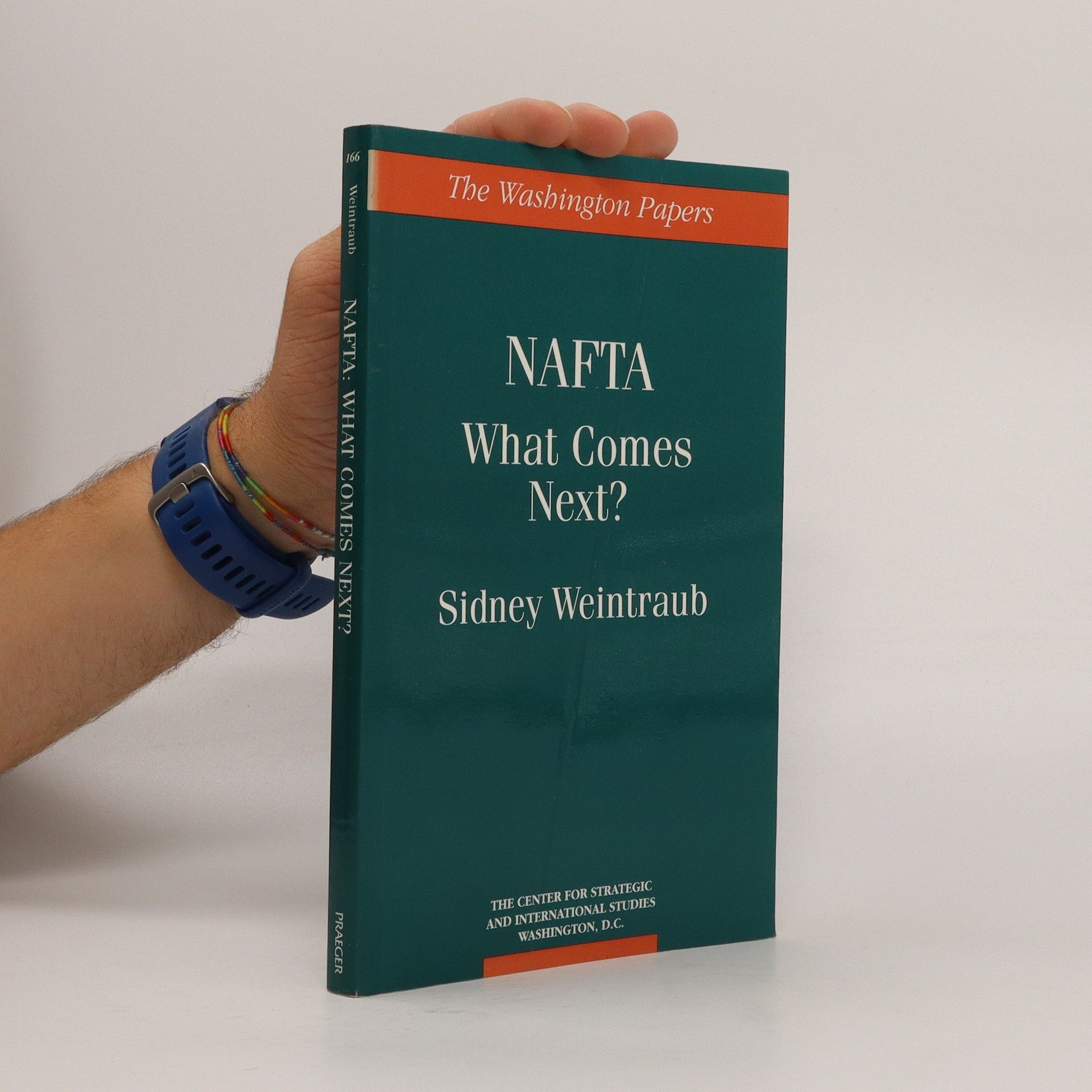Economic Coercion And U.s. Foreign Policy
Implications Of Case Studies From The Johnson Administration
- 234 pages
- 9 hours of reading
Focusing on the Johnson administration, this book analyzes the U.S. strategy of economic coercion as a tool for foreign policy. It presents detailed case studies that highlight instances of unilateral economic pressure employed by the United States to influence other nations. Through these examples, the author explores the effectiveness and implications of such tactics in achieving diplomatic goals.

